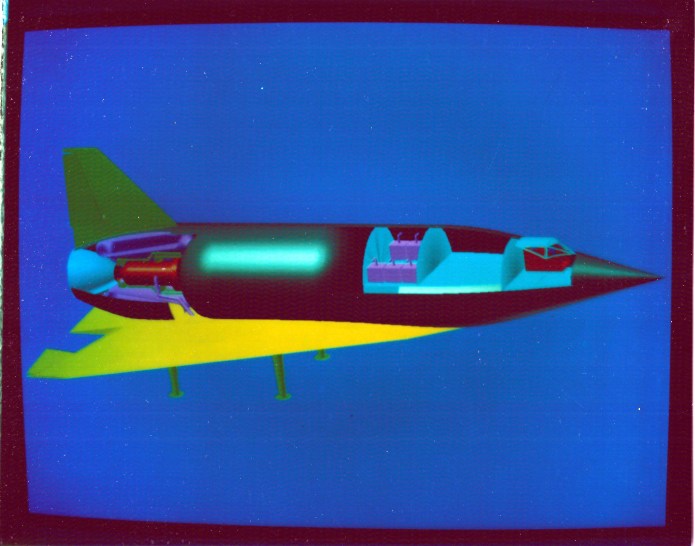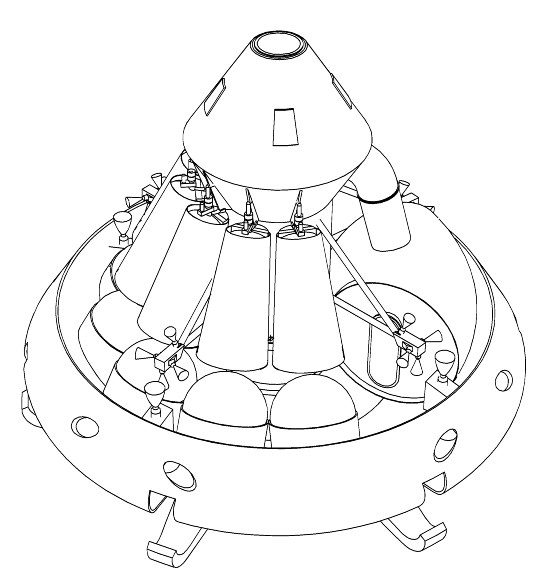Interesting timing. The Norks set off a nuke, and MTV premieres “The Shanarra Chronicles.” This latter is something I’ve never paid much attention to; apart from Tolkein, I just don’t get much into fantasy. Bring up elves and magic and my eyes tend to glaze over. But Shanarra is set not in some mythical alternate world or some magical past, but apparently this world, thousands of years after (apparently) nuclear/biological warfare has destroyed human civilization and caused several subspecies (elves, trolls, dwarves, gnomes, etc) to spring up*. And, of course, magic. So, there’s that.
So, now with the Norks getting frisky with nukes and biowar getting easier on a daily basis, the idea of humanity evolving a tad makes this video more relevant. It is a handy, concise explanation of the process of evolution, using computer graphics on a scale rarely encountered, and with a level of accuracy far exceeding what you’re likely to find in a public school post-Department of Education.
*See also “Adventure Time.”
And because why not, here’s this again. If you think evolution is bunk, by all means go through this and figure out what statements are wrong:









